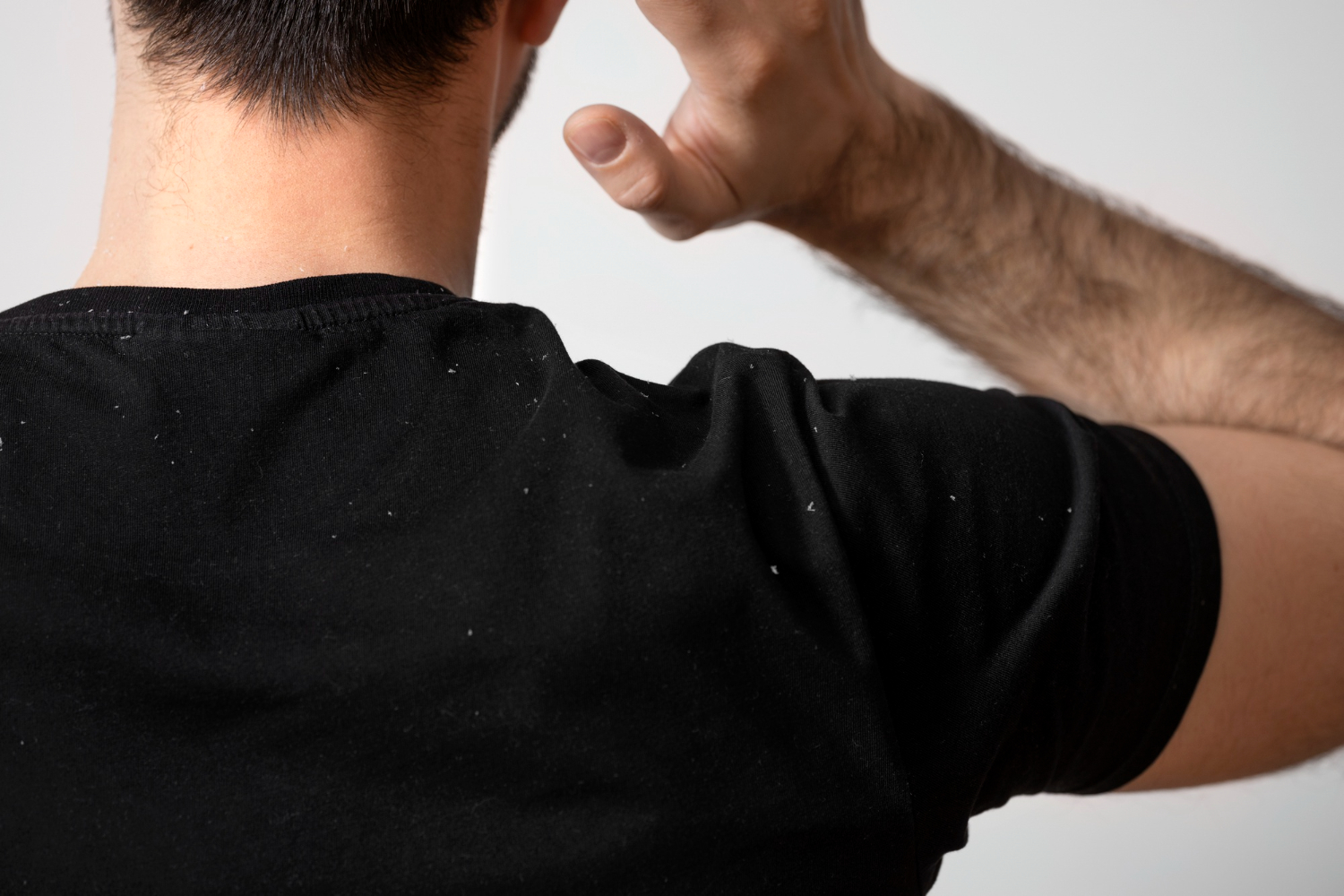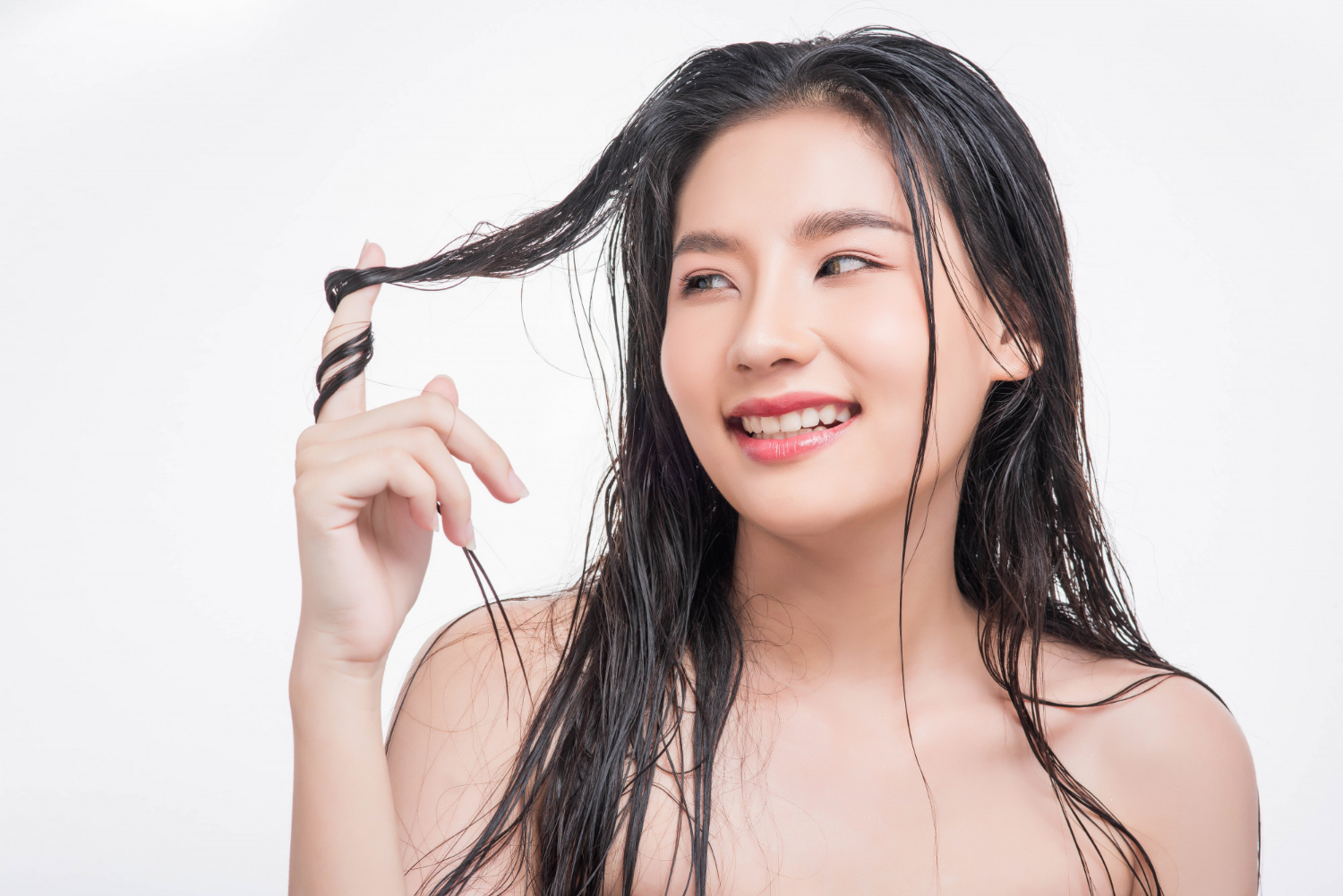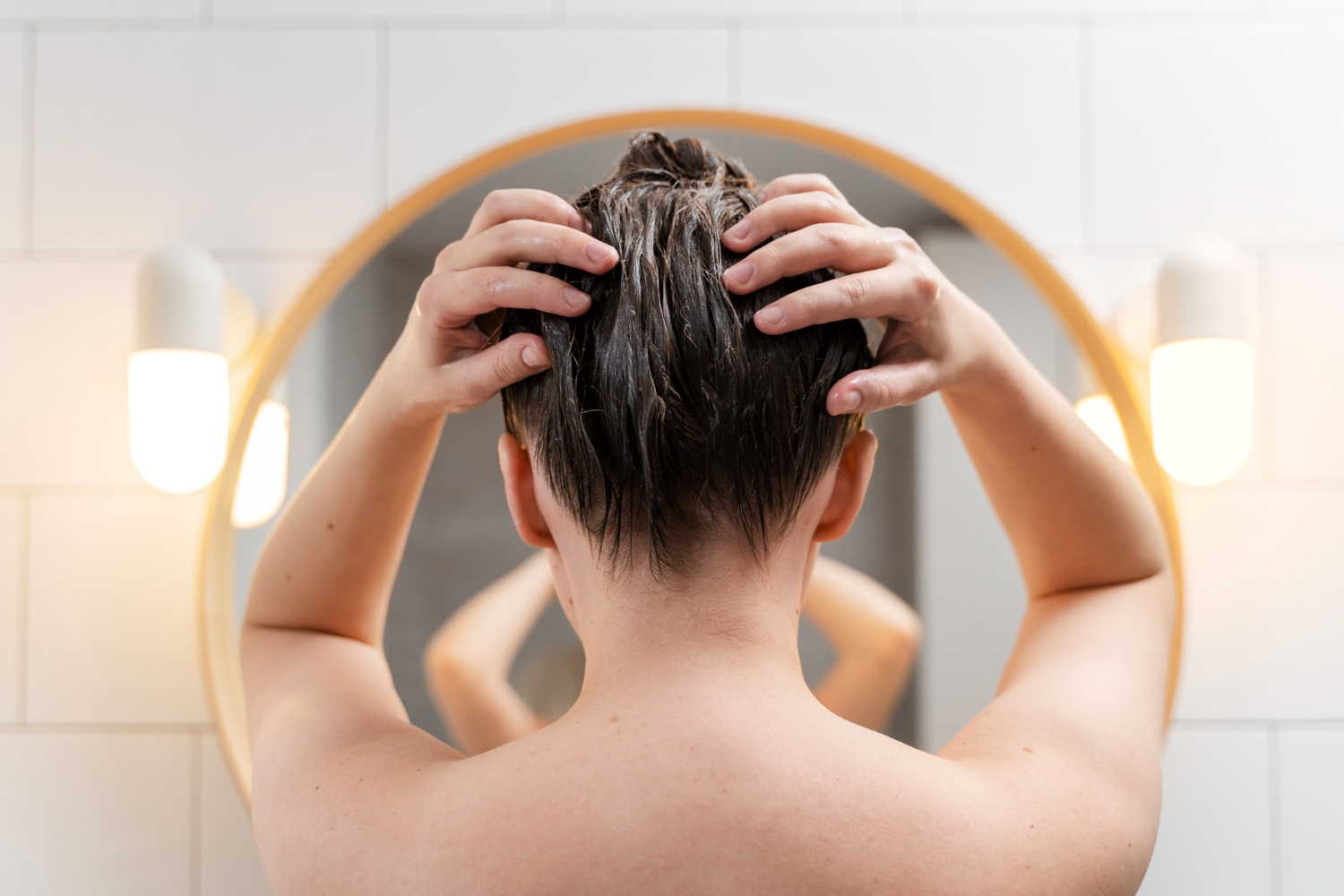

Let’s paint a picture. You start your day. You’ve just had a refreshing shower, your hair feels light and bouncy, and you step out into the Singapore morning. You commute to the office, maybe grab a kopi on the way, and by the time you sit down at your desk… it’s happening. That all-too-familiar feeling. Your hair feels flat, stringy, and has already started to cling to your scalp. By lunchtime, it looks like you haven’t washed it in days.
Sound familiar? You are absolutely not alone. Living in our beautiful, tropical city-state means battling a constant, invisible opponent: the humidity. That thick, damp air that hits you like a warm towel the moment you leave an air-conditioned room is the number one culprit behind your scalp’s oil-slick status. But why does it happen? And more importantly, what on earth can you do to fix it?
So, why is my scalp so oily? This question lingers in the minds of many, and it’s essential to understand the factors contributing to this issue. In particular, the tropical climate can exacerbate the oiliness, leading many to wonder, Why is My Scalp So Oily?
You might think that all that moisture in the air would hydrate your scalp, right? That it would tell your skin, “Hey, it’s all good, no extra moisture needed!” But frustratingly, it often has the opposite effect. Your scalp, much like the skin on your face, has sebaceous glands. These are tiny, microscopic “oil factories” whose job is to produce sebum (your body’s natural oil) to protect and moisturize your skin and hair.
Here’s where it gets complicated. When the air is saturated with humidity, that moisture sits on your skin’s surface. Instead of feeling hydrated, your scalp just feels… well, covered. This layer of moisture, combined with your own sweat, can actually confuse your sebaceous glands. Your body’s natural processes get thrown out of whack. This “occlusive” (or covering) layer can sometimes trap oil and bacteria, leading to irritation, or it can trick your scalp into thinking it’s not properly moisturized, causing it to over-produce oil to compensate. It’s a biological miscommunication, and your hair pays the price.
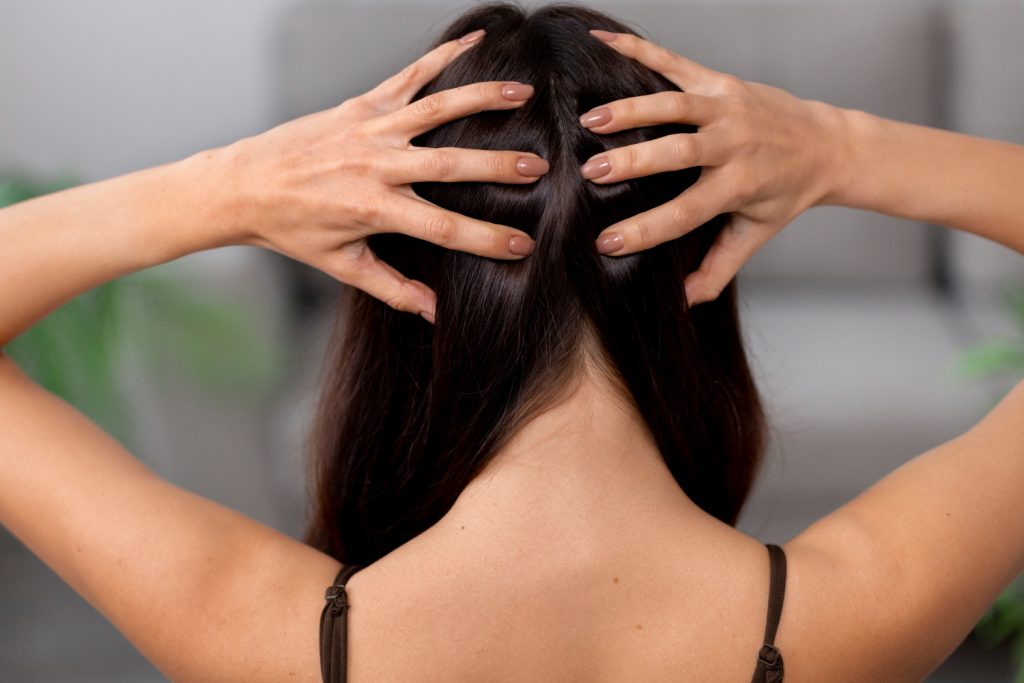
In Singapore, we don’t just get humidity; we get heat and humidity. This is the double-whammy. Heat makes you sweat. Sweat, which is mostly water and salt, then mixes with that over-produced sebum. This creates a sticky, greasy film on your scalp. Now, add a third ingredient: urban life. Everyday pollution, dust, and product residue get trapped in this film. This gunk clogs your hair follicles, weighs your hair down, and creates the perfect breeding ground for bacteria, which can lead to itchiness, flakiness, and (you guessed it) even more oil.
Your natural reaction to a greasy scalp is to fight back, hard. But sometimes, our best intentions can backfire spectacularly. Are you guilty of any of these?
When your hair feels oily, what’s the first thing you want to do? Wash it. Maybe even twice a day. It feels like the logical solution, but it’s the biggest trap of all. When you wash your hair with shampoo, especially harsh, stripping ones, you remove all the oil. Your scalp, which is programmed to protect itself, goes into panic mode. It thinks, “Emergency! Drought! All oils are gone! Produce more, STAT!” This is called the rebound effect. Within hours, your scalp has produced even more oil to replace what you stripped away, and you’re stuck in a never-ending cycle.
Are you using that super-rich, hydrating, “deep moisture” shampoo and conditioner? Many of us grab products designed for dry, damaged hair (especially if our ends are bleached or frizzy). But these products are often loaded with heavy silicones, oils, and butters. Using them on an already-oily scalp is like trying to put out a fire with gasoline. They just add another layer of build-up, weighing your roots down from the second you step out of the shower.
An extra-hot shower feels amazing, especially after a long day. But that scalding water is another major trigger for your oil glands. The intense heat strips your scalp of its natural oils (just like over-washing) and stimulates blood flow, which in turn can kick those sebaceous glands into high gear.
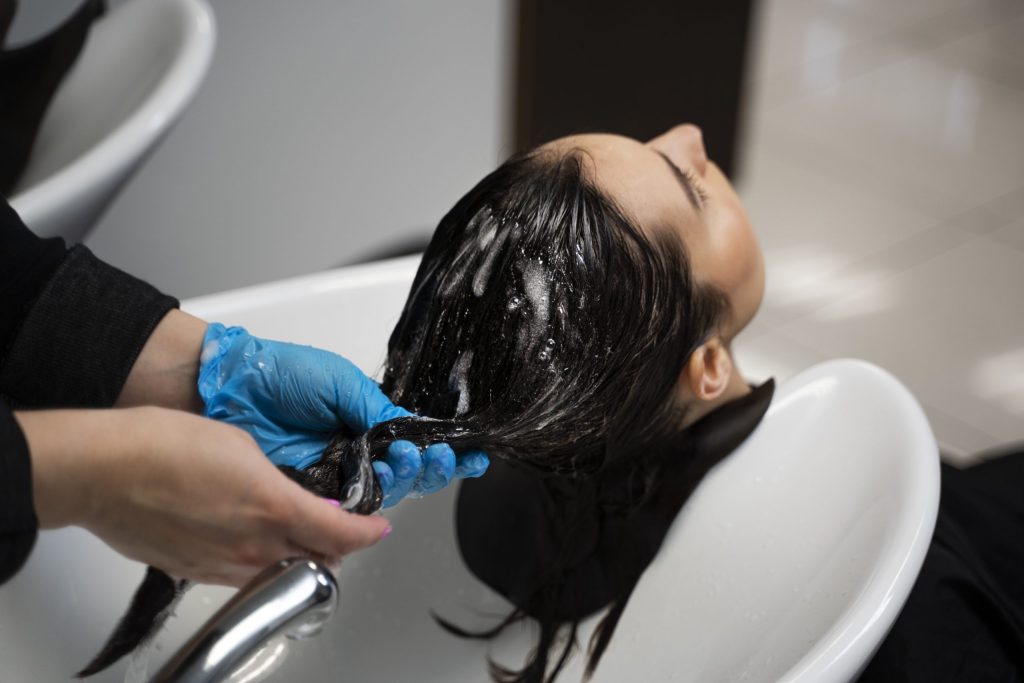
Okay, so we know the problem. Now for the solutions. You can reclaim your hair’s freshness with a few strategic changes to your routine.
You need to find a new shampoo best friend. Ditch the heavy, moisturizing formulas and look for a shampoo that is “clarifying,” “balancing,” or specifically “for oily scalps.” Ingredients like salicylic acid (which exfoliates the scalp), tea tree oil (which is anti-bacterial), or zinc PCA (which helps regulate oil production) are fantastic. The goal is to gently cleanse the build-up without stripping your scalp bare.
This is non-negotiable. Your scalp produces its own conditioner (sebum). It does not need any help from a bottle. Your ends, however, which are older and further from the oil source, definitely do. Apply your conditioner only from the mid-lengths of your hair down to the tips. Never, ever put conditioner on your roots. This one change alone can be revolutionary.
Dry shampoo is your secret weapon for breaking the over-washing cycle. On Day 2, when the oil starts to creep in, a spritz of dry shampoo at the roots will absorb that excess sebum, add volume, and buy you another day. This allows your scalp to “rest” and naturally regulate its oil production without you stripping it clean every 12 hours.
What if you’ve tried all this, and your scalp is still a greasy, itchy mess? Sometimes, the build-up is just too stubborn for at-home products. That’s when it’s time to call in the professionals.
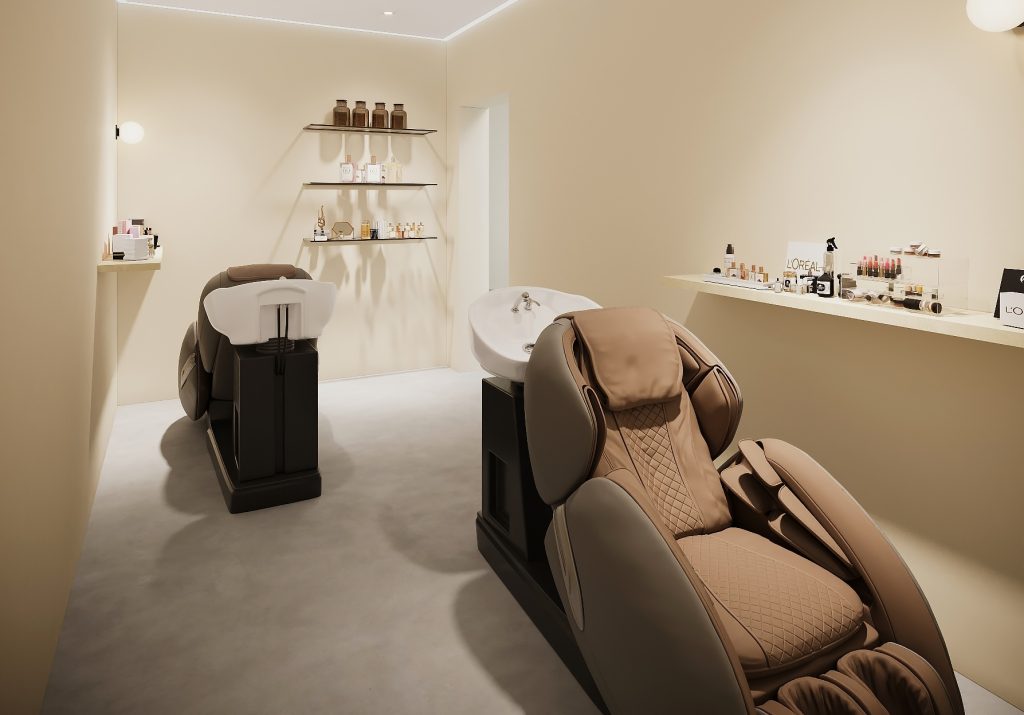
Think of this as a deep-cleansing facial, but for your head. A professional scalp treatment is one of the most effective ways to hit the “reset” button. Specialists use high-grade exfoliants (either chemical or physical) to break down and remove all that hardened sebum, dead skin cells, and product build-up that’s been clogging your follicles for months. This deep clean allows your scalp to finally breathe and helps rebalance its pH, making it much harder for oil to take over.
Not every hair salon is equipped to handle serious scalp issues. When you’re searching, don’t just look for a place that does a great haircut. Look for a hair salon that specifically advertises “scalp analysis” or “trichology services.” These specialists often use a magnified camera to show you your scalp up-close (it’s both horrifying and fascinating!) and can then recommend a personalized scalp treatment tailored exactly to your needs.
Don’t underestimate the power of small changes!
Living with an oily scalp in Singapore’s humidity can feel like a losing battle. But it’s not. The key is to stop fighting against your scalp and start working with it. Understand that the humidity is the trigger, avoid the common mistakes that create a rebound effect (like over-washing), and use the right products.
And remember, you don’t have to go it alone. If you’re feeling overwhelmed by the grease, a professional scalp treatment at a specialized hair salon can give you the clean slate you need to start fresh. You can achieve that light, clean, bouncy hair feeling—even when it’s 34 degrees and 90% humidity.

